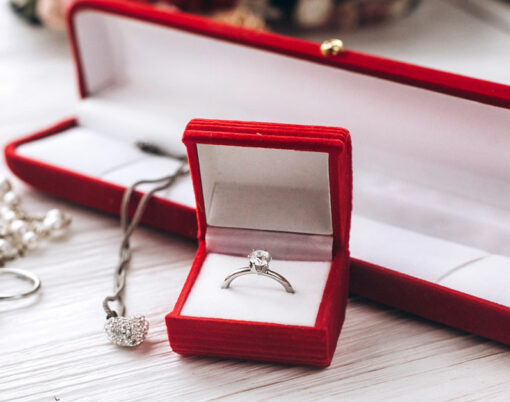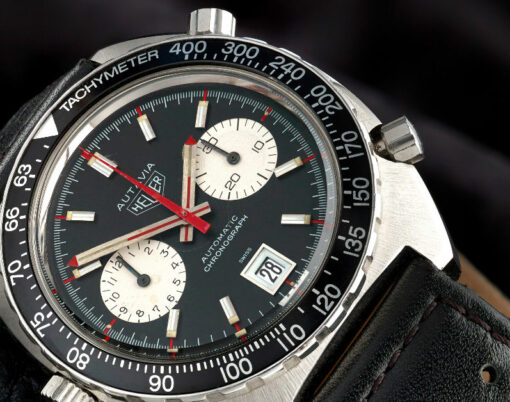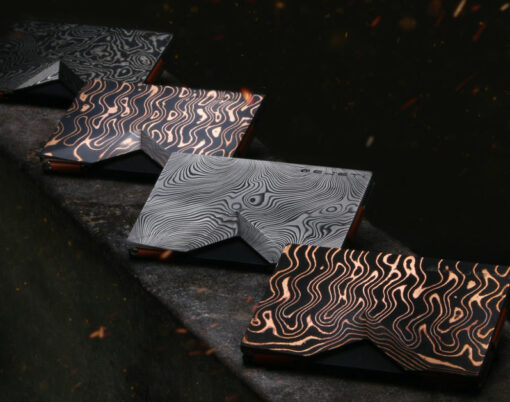Words by Lydia McCarthy-Keen, a luxury jewellery maker and purveyor of some of the world’s finest lab-created diamonds and gemstones.
For five hundred years, diamonds have represented the ultimate luxury item; useful as well as beautiful, very rare and of course, impossible to re-create. All true except for the part about not being able to re-create them…
The majority of diamonds we mine today were formed a billion years ago, deep down below the Earth’s crust where the heat and pressure are perfect for crystallising carbon into diamond as opposed to graphite which is carbon, linked together by a weaker atomic structure.
Volcanic eruptions pushed the diamonds towards the surface long ago, and the drastic drop in temperature locked the atomic bonds in place permanently, creating an incredibly durable crystalline structure. This durability is what formed the backbone of the 1947 De Beers marketing campaign, ‘‘A Diamond is Forever’’.
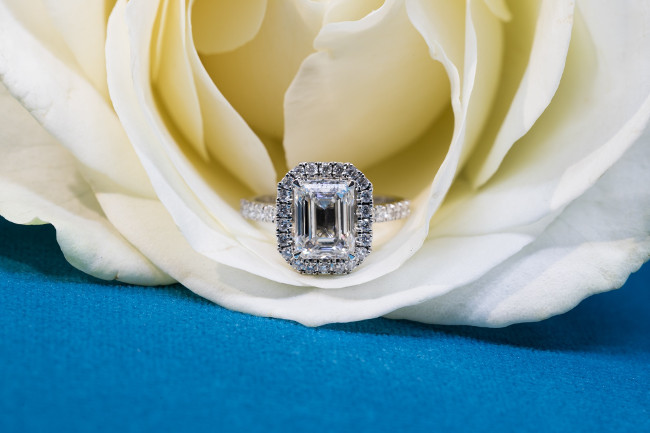
The newly surfaced diamonds were then scattered by weather and rock erosion across large geographical locations and distributed by riverbeds (alluvial deposits), which are predominantly found in Africa (their easy access has led to warlords, violence and abhorrent labour practices), or remain somewhat underground accessible only by mining (creating significant environmental destruction).
Diamonds therefore, and in particular, high-quality, clear-of-colour or intensely coloured diamonds, are both dramatic and improbable, which is what makes them so immensely rare and valuable.
Historically, the diamond industry has a lot to answer for; operating like a large, price-fixing cartel for most of the 20th century, it has quietly propped up sham governments, forced tribespeople from their ancestral lands and supported child labour. These days the industry is grappling with a whole new issue; lab-grown diamonds are on the rise, and fast. They’re better value than mined diamonds, and they are not fakes…
“Both natural diamonds and synthetic diamonds are diamonds. They are composed of a carbon and cubic structure. It’s extremely difficult right now to separate them visually,” says Wuyi Wang, a lead researcher at the Gemological Institute of America (GIA).
Starting in the 1950s, scientists began growing diamonds in labs, and they could do it in weeks as opposed to millennia. The first method that worked, known as High Pressure, High Temperature (HPHT), relies on a reaction chamber heated up to 1,600 degrees Celsius, and as much pressure as you would feel on your fingertip if you were to balance a Boeing 747 on it.
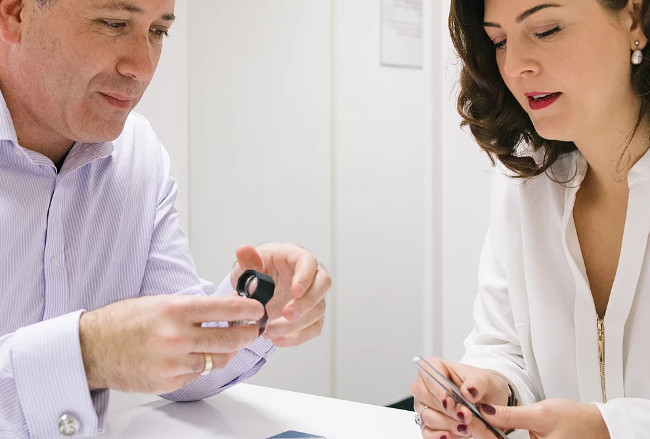
“HPHT technology is basically mimicking the natural process of how diamonds form in the Earth’s mantle,” says Wang.
However, a more recent technique called Chemical Vapour Deposition (CVD) accomplishes the same task, at a much lower pressure and temperature. Hence, it is potentially more carbon-friendly than HPHT where energy is sourced from renewables. CVD is quite difficult to explain, but involves methane gas and microwaves. The GIA likes to describe it as ‘‘carbon atoms floating down like snow, and accumulating or depositing on a tiny diamond seed.’’
I think it is worth noting that, as it currently stands, mining emits 57,000 grams of carbon emissions per carat of mined diamond, compared to 0.028 grams per carat of lab-grown diamond.
Since the 1950s, lab-grown diamonds have been small and dark in colour, and so they’ve been used in industry to tip drill bits and saw-blades as opposed to being used in jewellery, but over the past decade, the technology has improved so dramatically, that it has become next to impossible to tell them apart from their mined counterparts.
In fact, GIA has developed a special machine to tell the difference between the lab-grown diamonds that get mixed into the mined diamond stock and ‘lost’, going on to be sold as traditional, mined diamonds. This very high-tech and expensive machine assesses the diamond at a molecular level, observing the atomic structure to determine the speed the diamond grew, which is the only way to differentiate the two.
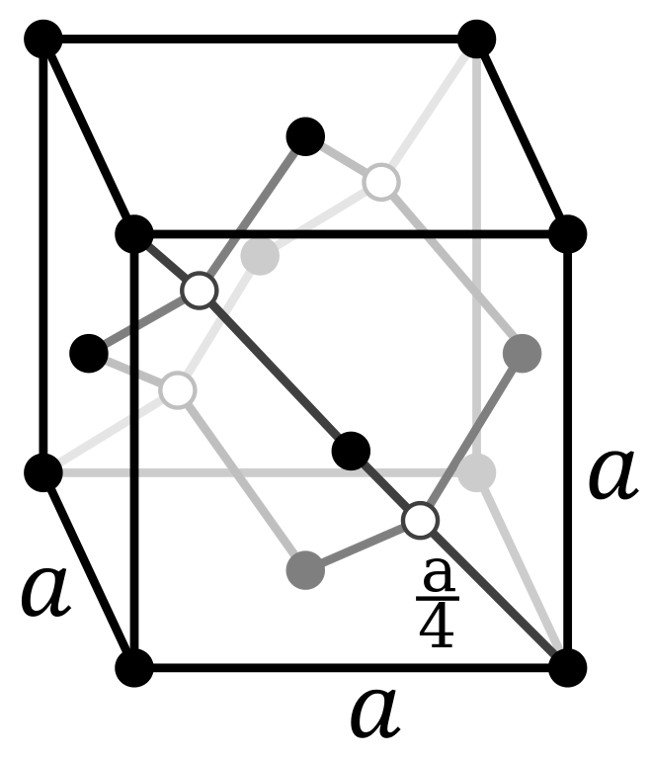
This development might not affect drill bit manufacturers but it puts the jewellery industry on notice.
“We have seen more synthetic diamonds come through to GIA, many of them ‘unknown’, meaning jewellers did not know that they were lab-grown,” said Tom Moses, Executive Vice President at the Gemological Institute of America.
Both Moses and Wang pointed to a key challenge facing the jewellery industry today. Lab-grown diamonds are visually identical to mined diamonds but are up to 30 percent better value (you can buy a 3 carat lab-diamond for the equivalent of a 2 carat mined diamond), so if the two get mixed together in supply chains, the value becomes clouded.
“To give you an example, we might have to test 50,000 diamonds a day in our labs around the world, doing that testing and sorting in around 1.2 seconds per stone,” says Moses.
To compensate, the Diamond Producers Association (DPA), whose members include De Beers, Al Rosa and Rio Tinto, has crafted a new ‘Hearts and Minds’ marketing campaign called Real is Rare, designed to differentiate mined diamonds from their identical lab-grown counterparts in a bid to maintain demand and secure the future of mining.
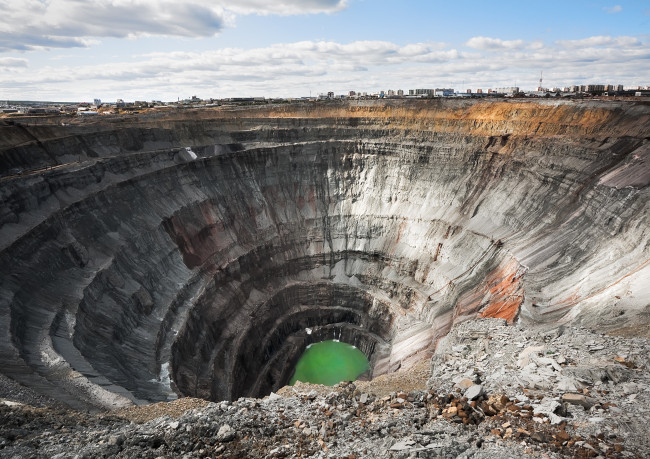
However, the technology behind lab-grown diamonds is now so incredibly advanced, we are at a stage where we can grow diamonds in a clean, increasingly carbon-neutral environment, paying trained, adult technicians a full wage.
This raises the question for aware, smart consumers that perhaps there is no longer a need for diamond-mining with the negative human and environmental impacts it creates. It is, arguably, one of the most exciting developments in the luxury sector over the last century.
There are currently billions of dollars backing both mined diamonds and lab-grown diamonds, and there is all the costly and painstaking work of detection, disclosure and differentiation plus there is the ever-advancement of science and technology. However ultimately, mined and lab diamonds are two products without any practical distinction beyond the quality and grading of the individual stone itself.
As the UK’s most ethical lab-grown diamond specialist and a luxury jewellery-maker, I feel we need to recognise that we are capable of creating a future where luxury, abundance and sustainability are not mutually exclusive.


















